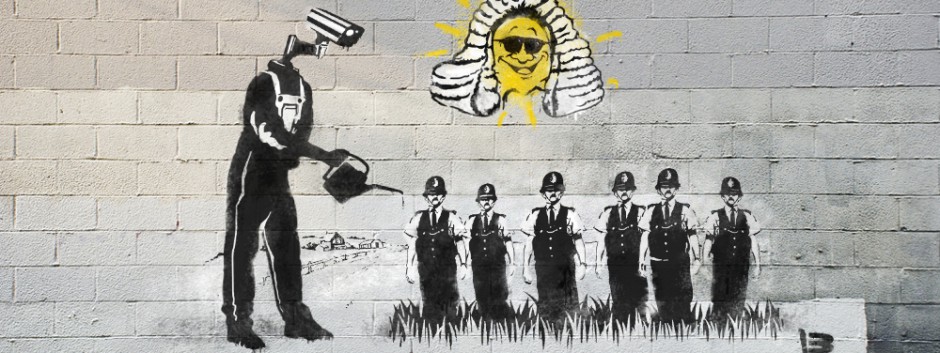1. Is electracy an apparatus meant to challenge self-actualization and return society to a collective/community form, similar to when orality was the main form of communication? (Sandy Fougeres)
I think this question is significant because Ulmer’s idea is about pushing forward to this new paradigm of electracy. However, what happens after we shift into this new paradigm? I think this is an excellent question because, in this article, Ulmer mentions a lot about electracy and how this shift is needed. However, the idea of where literacy and orality stand after electracy is still unclear.
This question brings forward a critical question of returning to society as a collective in the same way that orality did. It is unclear if electracy will bring us together or separate us, even if it means we evolve with wisdom. Are we growing separately through electracy or collectively, as Sandy states
This question is important to help understand electracy because electracy has emerged from orality and literacy. We need to understand the relationship and how it will affect our society rhetorically.
2. How can we shift away from a negative dimension of electracy and into a better society (Khaled Akam)
I like the idea of a “negative dimension.” I think Ulmer shows us the dark side of electracy through his examples of corporate capitalism, which makes this question helpful to understanding how electracy works. Postman states that with every advantage a new technology brings, a disadvantage follows. For electracy, it’s corporate capitalism, so it would be interesting to understand further how we can shift away from this form of electracy.
This question will help clarify the idea of electracy because we need to understand the consequences of electracy and how we can shift towards electracy’s true intended form that expands the consciousness and the way knowledge is taught in our society.
3. Do you think that if we begin to learn in a way that is heavily influenced by the creative figures in our current day and age? And through this, how do you think it would be? (Diana Rivera)
This question can be helpful to ask Ulmer to bring clarity to his ideas of ‘creative figures’ and how they influence society as a whole. We live in a world where the mass follows the waves of media, and I think this question can bring clarity to electracy and help us understand how creative figures impact the function of electracy.
I liked Diana’s question and saw that it related to one of my questions: “Who do you think are the ‘creative figures’ of our present time, and are they contributing to the paradigm shifts in the same manner as preceding creative figures?”
In history, there are periods of transition where knowledge and idea blooms. The Renaissance, the age of discovery, cultivated the rebirth of arts and sciences and the most influential figures that still shape our thought. In another example, the Industrial revolution was a massive shift to mass production of consumer goods influenced by Rockefeller, JP Morgan, Carnegie, and Ford. (Recycling this thought from my previous BP)
I find that these questions will be helpful to understand further how society and people directly affect electracy in the way that previous creative figures shaped our thought and how we begin to learn with the heavy influence of our creative figures and who exactly is our ‘creative figures.’



